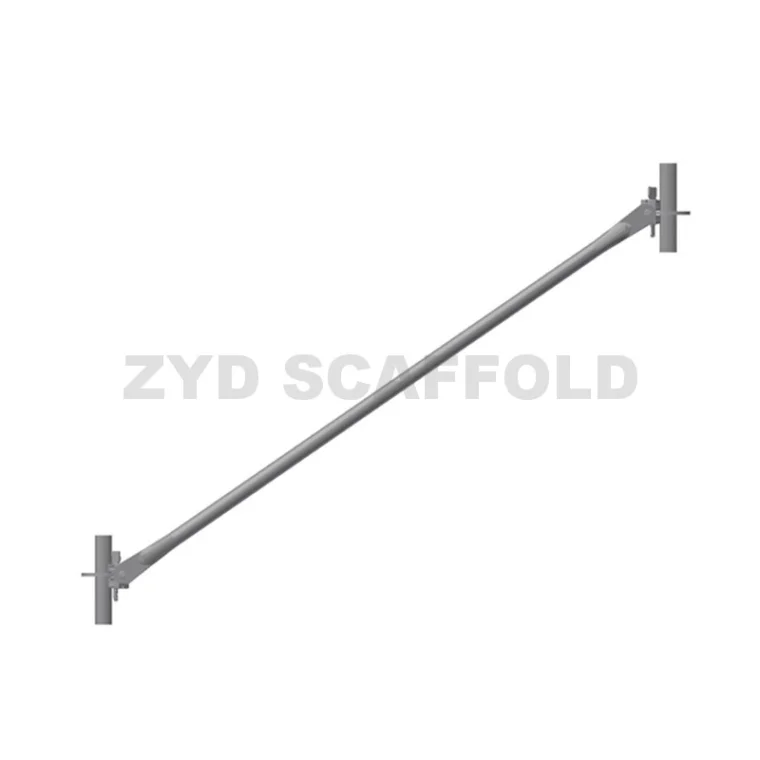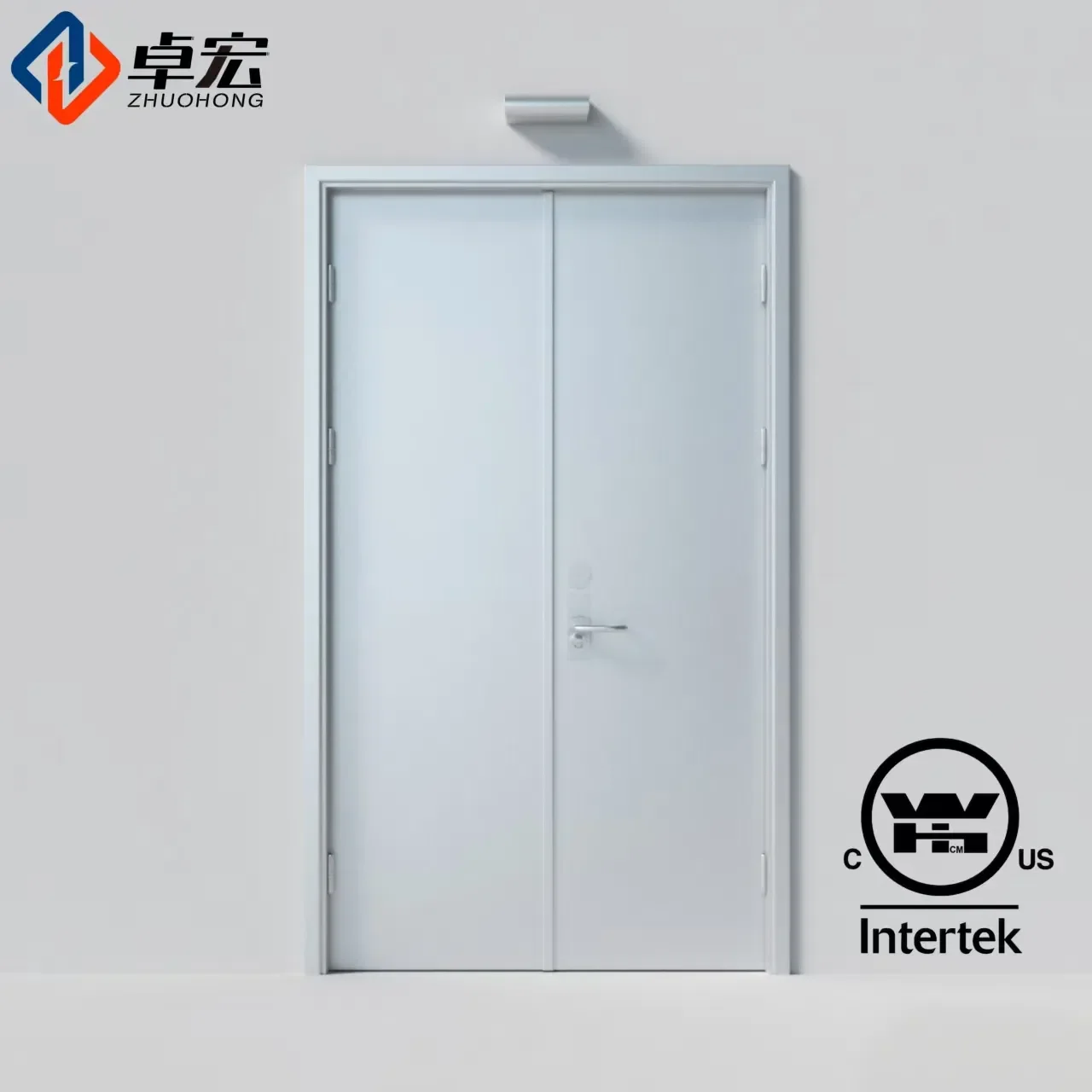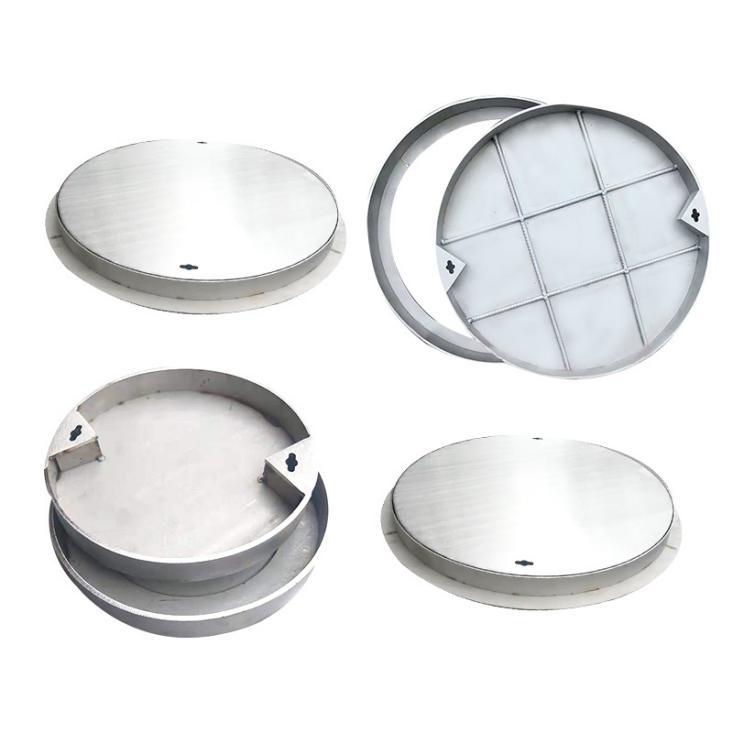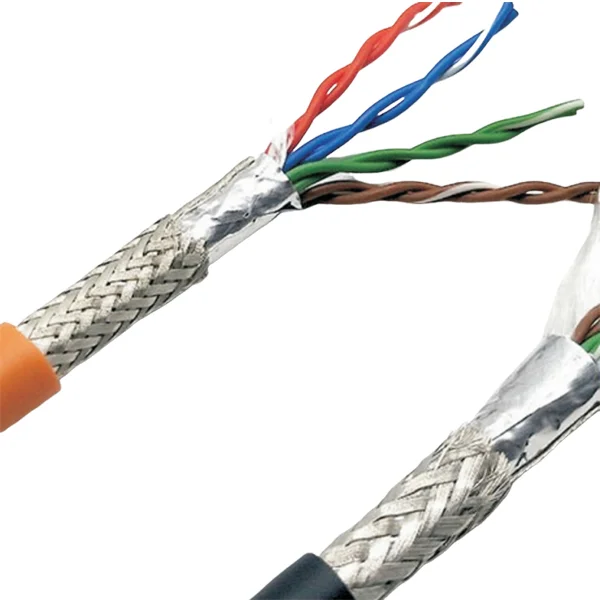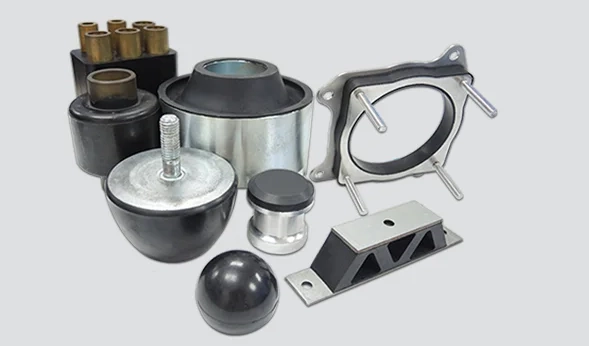In recent years, the architectural landscape has undergone a significant transformation, driven by advancements in technology, changes in materials, and evolving design philosophies. As urbanization accelerates and the demand for efficient, sustainable structures rises, a pressing question emerges: Are modern buildings cheaper to build than their traditional counterparts? This article delves into the multifaceted aspects of construction costs, examining the factors that contribute to the economics of modern architecture.
Understanding Construction Costs: A Multifactorial Approach
To assess whether modern buildings are cheaper to construct, it is essential to consider various factors that influence construction costs. These include:
- Material Innovations: The advent of new materials, such as engineered wood, high-performance concrete, and prefabricated components, has revolutionized the construction industry. These materials often reduce labor costs and construction time, leading to potential savings. For instance, prefabricated modules can be manufactured off-site and assembled quickly on-site, minimizing delays and labor expenses.
- Design Efficiency: Modern architectural practices emphasize efficiency and sustainability. Techniques such as Building Information Modeling (BIM) allow architects and engineers to optimize designs, reducing waste and improving resource allocation. This efficiency can translate into lower overall costs, as projects are completed more swiftly and with fewer unforeseen expenses.
- Labor Costs: The construction industry faces a persistent challenge with labor shortages, which can drive up costs. However, modern construction methods, including automation and robotics, are beginning to alleviate some of these pressures. By reducing the reliance on manual labor, these technologies can lead to significant cost savings in the long run.
- Regulatory Environment: Building codes and regulations have evolved to promote sustainability and safety. While compliance with these regulations can initially increase costs, modern buildings often incorporate energy-efficient systems that reduce operational costs over time. For example, green roofs and advanced HVAC systems may require higher upfront investments but yield substantial savings on energy bills.
The Role of Sustainability in Cost Analysis
Sustainability is a cornerstone of modern architecture, influencing both design and construction practices. While sustainable materials and technologies may have higher initial costs, they often lead to long-term savings. For instance, energy-efficient buildings can significantly lower utility costs, and sustainable practices can enhance a building's market value.
Moreover, government incentives for green building practices can offset initial expenditures. Tax credits, grants, and rebates for energy-efficient upgrades can make modern buildings more financially viable. As the market increasingly values sustainability, the long-term economic benefits of modern construction methods become more apparent.
Case Studies: Modern vs. Traditional Construction
To illustrate the cost dynamics between modern and traditional buildings, consider two case studies:
- The Edge, Amsterdam: This modern office building is renowned for its sustainability and efficiency. Utilizing advanced technologies and sustainable materials, The Edge was constructed with a focus on reducing energy consumption. While the initial investment was higher than traditional office buildings, the operational savings and increased productivity of its occupants have made it a financially sound investment.
- Traditional Brick-and-Mortar Structures: In contrast, many older buildings, while often charming and historically significant, can incur higher maintenance and operational costs. Issues such as outdated HVAC systems, poor insulation, and inefficient layouts can lead to increased expenses over time. As a result, the total cost of ownership for these buildings may surpass that of modern constructions.
Conclusion: A Nuanced Perspective
The question of whether modern buildings are cheaper to construct does not yield a straightforward answer. While initial costs may be higher due to advanced materials and technologies, the long-term savings associated with efficiency, sustainability, and reduced operational expenses often tip the scales in favor of modern architecture.

